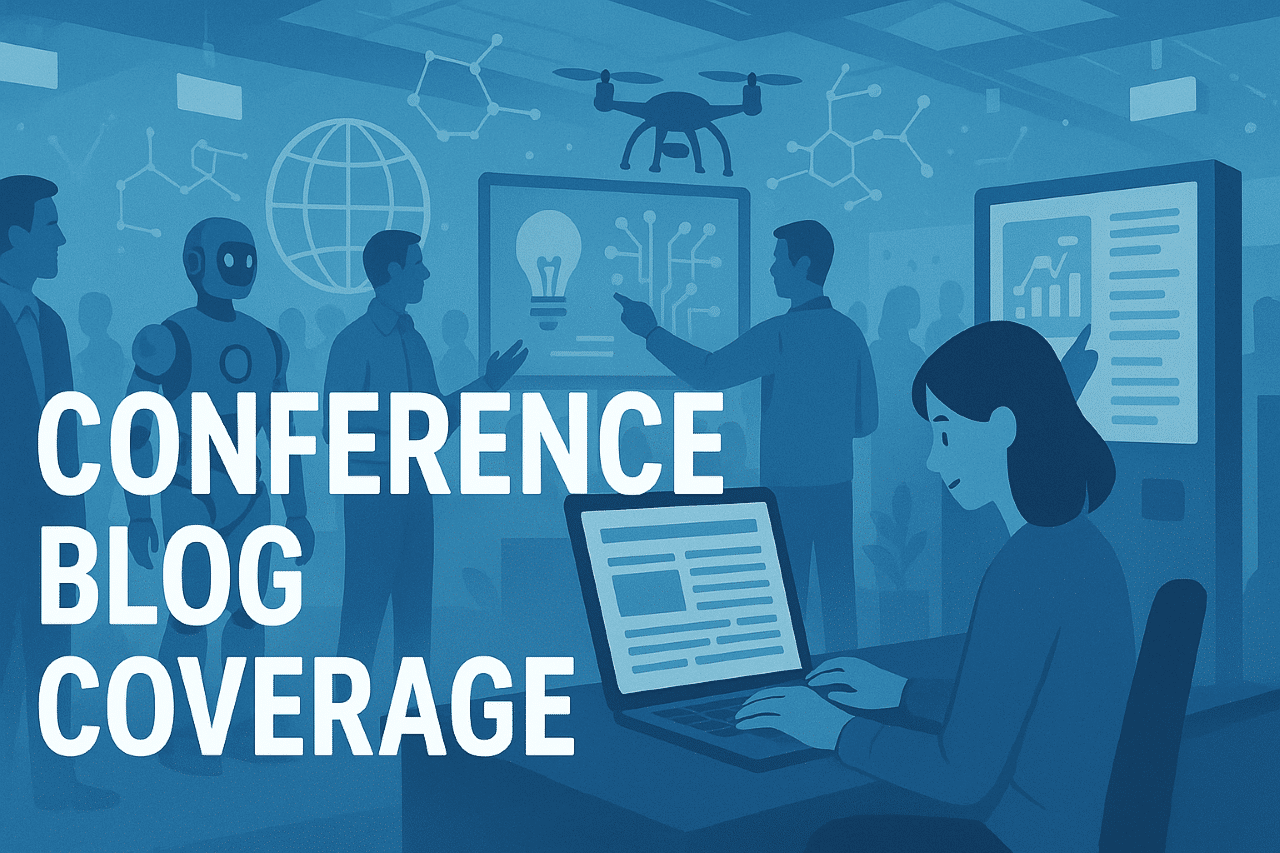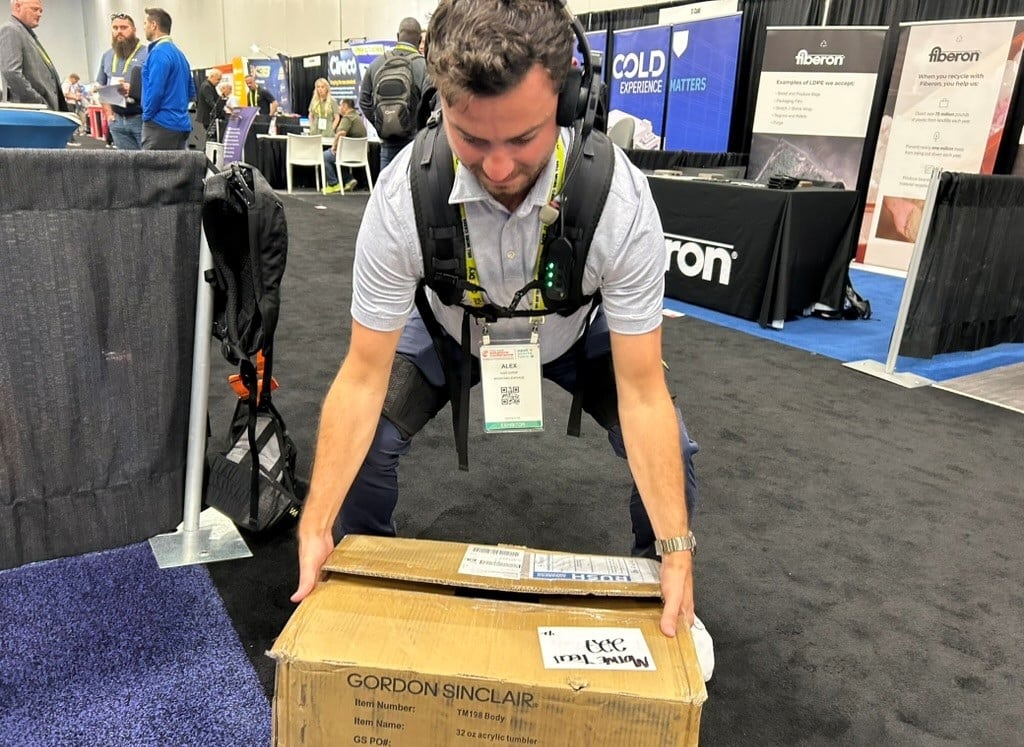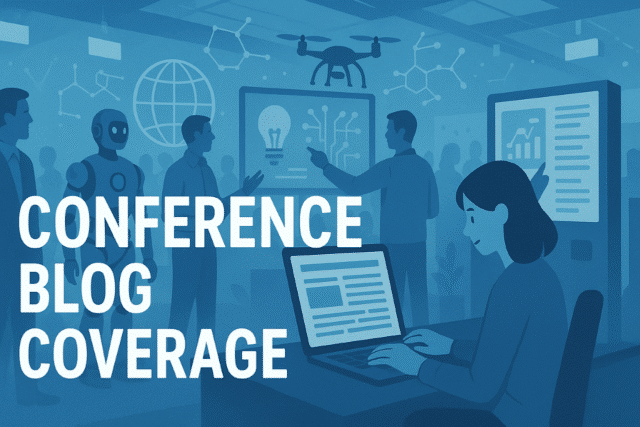Conference Showcases Evolving Views of Emerging Technology

“We’re going to talk about a brand-new concept that no one has ever heard of — it’s called artificial intelligence.”
That was the tongue-in-cheek way that iTradeNetwork’s Drew Shields, Solutions Director, began a Learning Lab presentation at the 2025 IFDA Solutions Conference. His point, of course, was that AI has been generating a great deal of buzz across the foodservice distribution industry.
Given all the buzz, executives interviewed at the conference, including distributors and technology solution providers, said it’s crucial to prioritize practical solutions for emerging technology that will address compelling needs.
“There was overhype about AI, and it seemed that if you weren’t talking about AI, it implied you weren’t looking forward,” said Jim Hoss, Senior Vice President of Transportation and Operations, Cash-Wa Distributing. “That’s not so much the case anymore.”
Increasingly, he said, distributors are looking to AI for specific use cases that address practical needs for their businesses. As one example, Hoss said, AI can be useful in routing solutions when orders are coming in constantly to be delivered throughout the day.
Evolving views on technology impact how the industry is talking about applications, observed solution provider exhibitors at the conference’s expo. “Some people start with the technology features and functions, but we begin by looking at what outcomes does a customer want, and what are the challenges and opportunities,” said Alex Reneman, President and CEO, Mountain Leverage.
Mountain Leverage and its partner Verve Motion were demoing the Hands-Free, Eyes-Free™ voice-picking technology and the Verve Motion SafeLift™ exosuit — showcasing applications for wearable warehouse technology. The exosuit displayed provides robust data to help enhance user practices and builds in hardware enhancements to boost features over time, Reneman added.

Reneman said that while AI and robotics are now major topics in this industry, “a lot of organizations just aren’t ready to take the leap to those technologies. Voice provides a boost so organizations can drive savings and be able to continue down that automation journey.”
Some executives interviewed marveled at the relatively rapid acceleration of technology adoption in this industry.
“This industry has now evolved exponentially in terms of technology over the past five or so years,” said Susanne Moore, CEO of technology solution provider smrtrTM, whose Supplier Onboarding and Compliance solution focuses on mitigating risks, reducing costs and enhancing operational efficiency.
“I expect distributors to continue to get more sophisticated to fill gaps in their operations as they fight resource issues, such as related to manpower,” she added.
Mark Dunlap, Head of Solutions, Choco, said distributors’ comfort with AI has been advancing as they view demos and “see how accurate and simple it can be” to use AI-powered tools. The company was showcasing its AI-driven platform that accelerates customer ordering and its endless aisle partnership with Dot Foods that enables distributors to extend their shelf without expanding their warehouse.
Dunlap said Choco has been encouraging its teams across the company to leverage AI to experiment with new innovations to help bring new products and ideas to life with benefits for both internal and external use. It hosts periodic company “hackathons” to make progress with that goal.
Shields of iTrade, which helps distributors navigate the complexities of supply chain management, pointed to key questions that distributors need to ask to help ensure AI solutions will help drive success.
These include, What is the cost-benefit ratio for deploying AI? How can companies be both smart about using AI and cautious in the adoption? How can they make sure AI won’t disrupt existing processes? On the risk management side, can leaders trust AI to operate within a facility and do what it’s supposed to do?
Article authored by freelance writer David Orgel.
